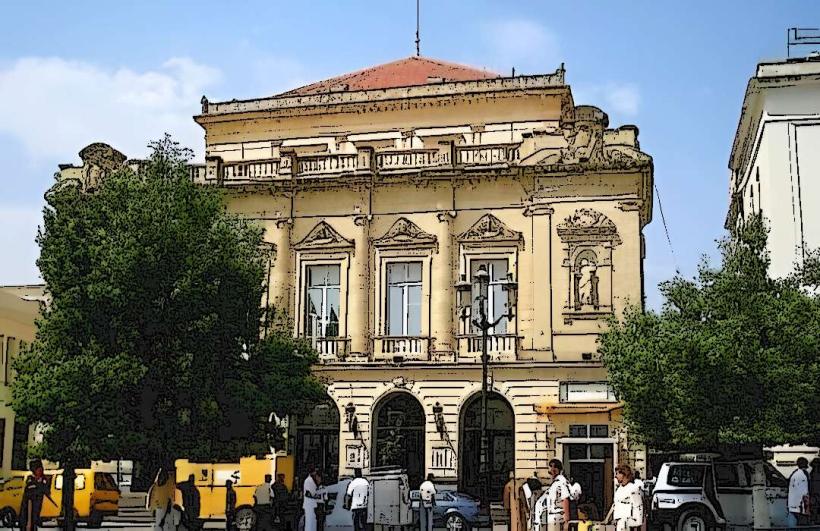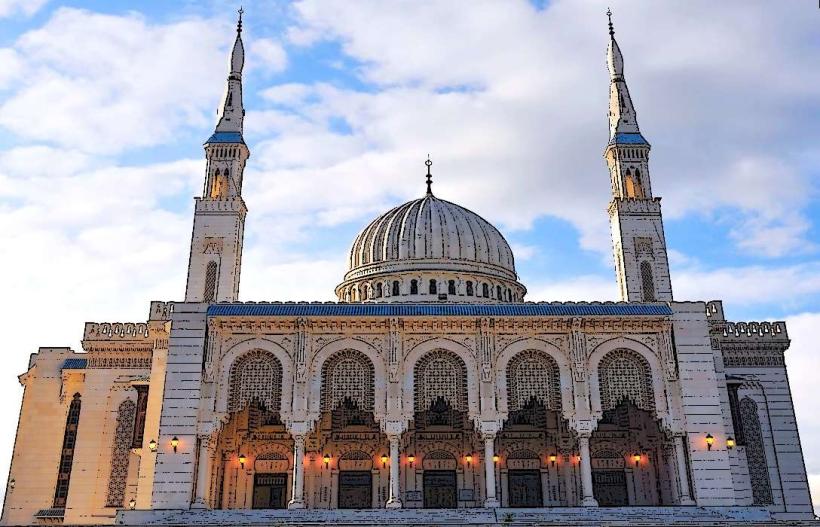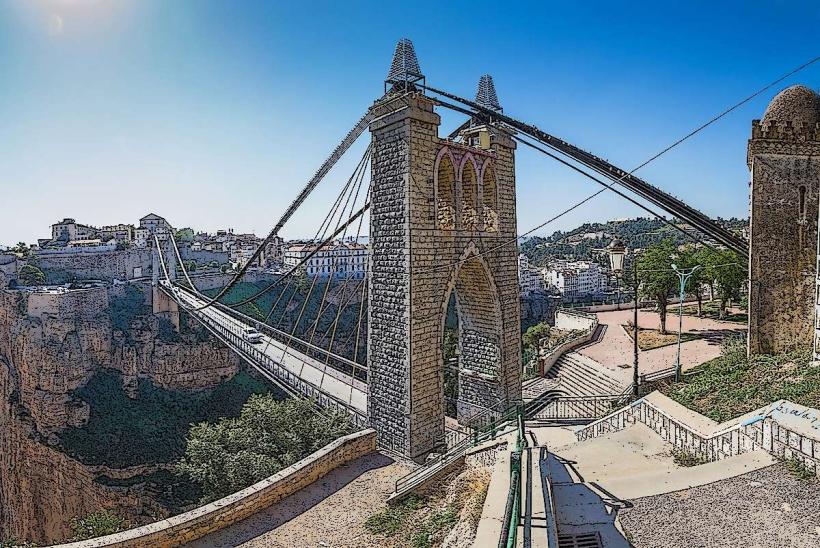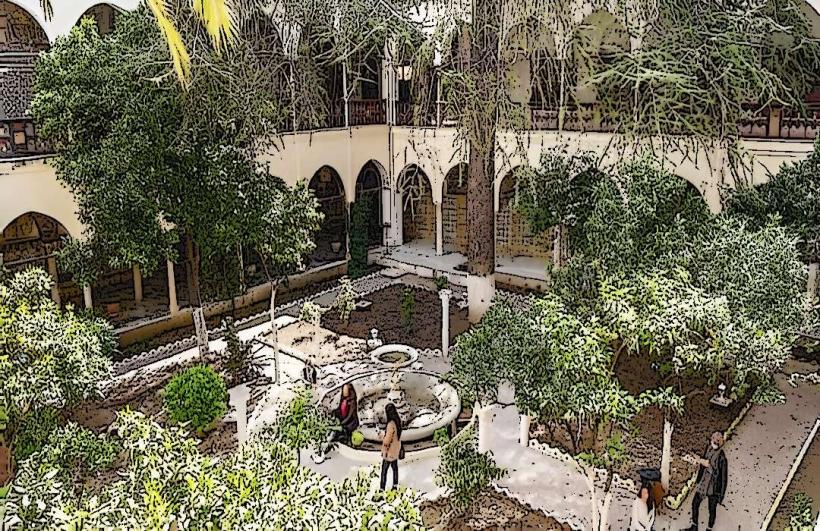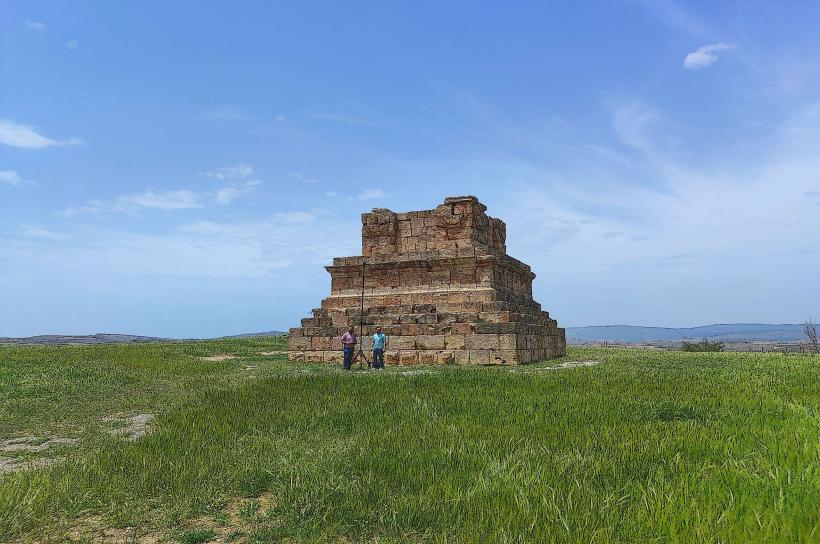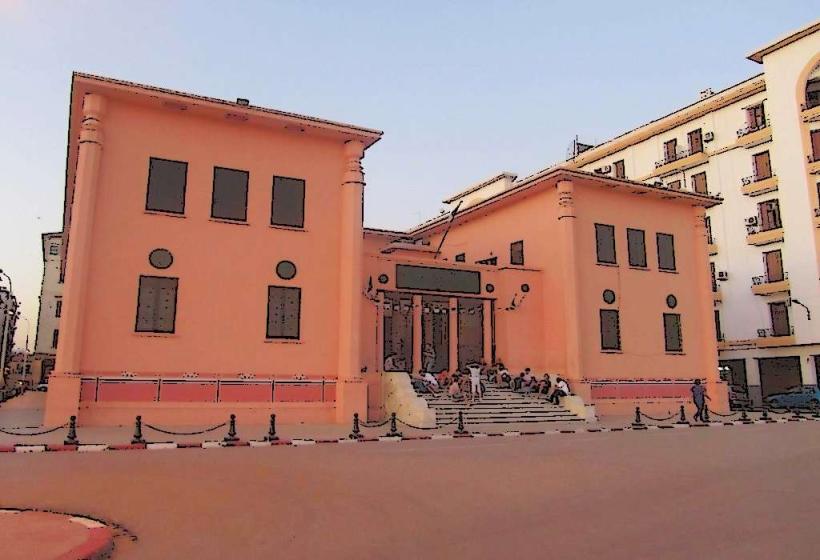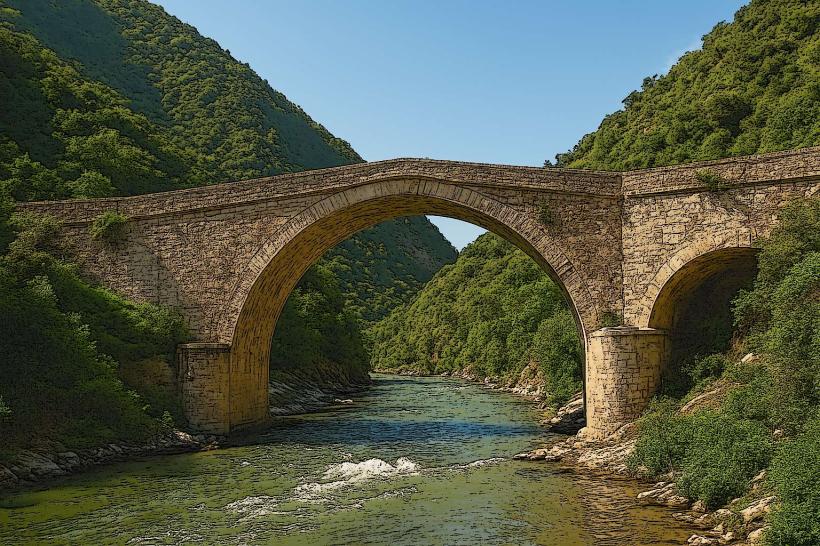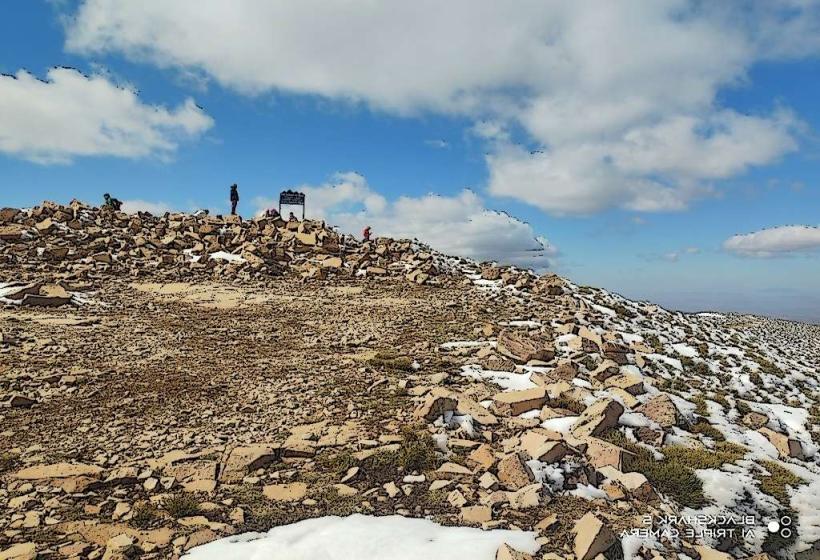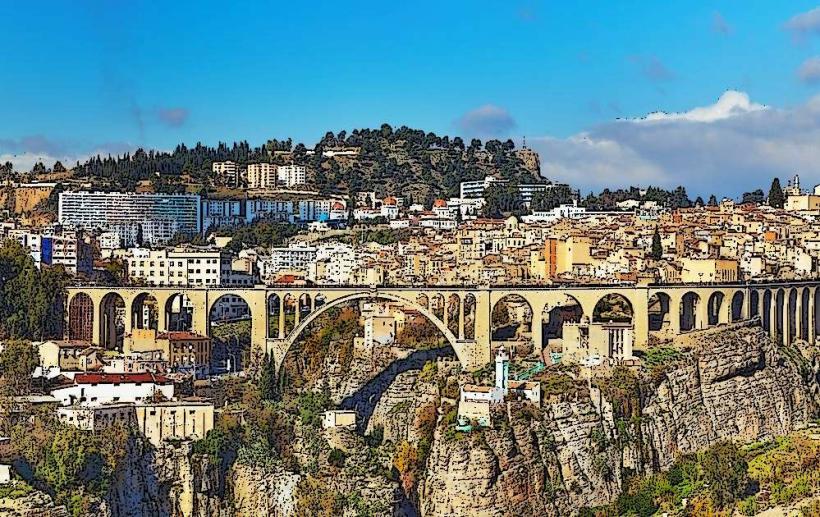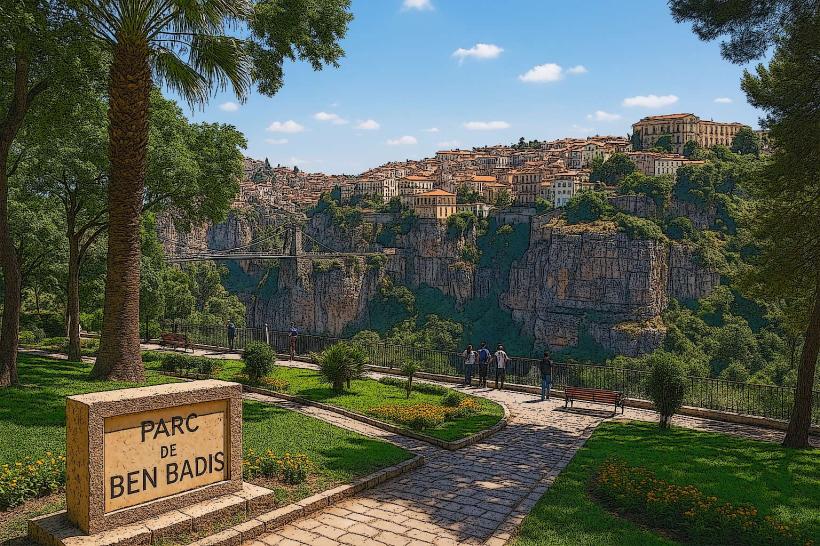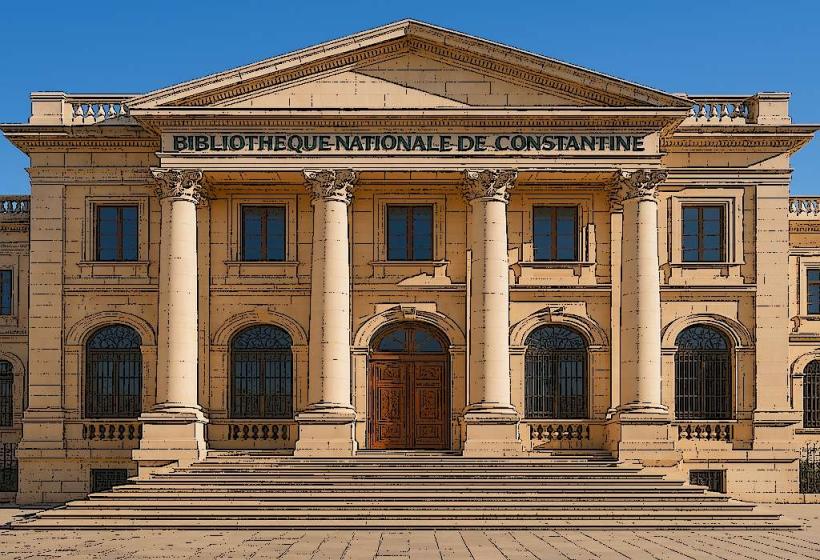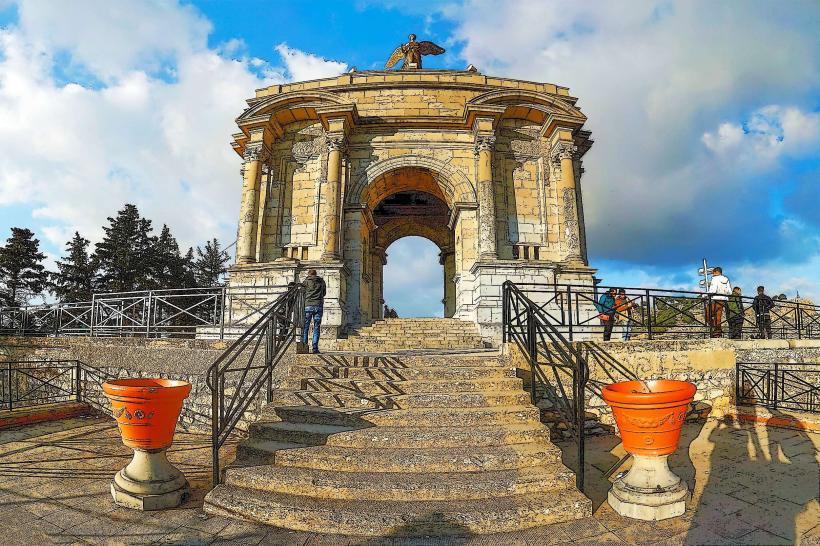Information
City: ConstantineCountry: Algeria
Continent: Africa
Constantine, Algeria, Africa
Overview
If I’m being honest, Constantine-nicknamed “The City of Bridges” and “The Hanging City”-spans dramatic gorges on a maze of stone arches, making it one of Algeria’s most breathtaking sights, alternatively perched on sheer cliffs and spanning shadowy ravines, this ancient city feels as if it hangs in midair, its slender stone bridges stretching between districts like fine threads pulled taut above the depths.Here, history brushes against tradition, and both weave effortlessly into the pulse of modern life, filling the air with an energy you won’t find anywhere else in Algeria, what’s more perched high in northeastern Algeria, Constantine rises about 640 meters-2,100 feet-above sea level, its rugged cliffs sliced deep by the winding Rhumel River.Steep cliffs and dense forests have turned this region into a crucial stronghold, guarding its position through centuries of conflict, while ravines and Bridges: The city’s known for its striking terrain, where weathered stone arches and sleek steel spans stretch across canyons so deep you can hear water echo far below.Believe it or not, From June to September, summers turn warm and dry, with highs climbing between 30°C and 38°C (86–100°F)-the kind of heat that makes the pavement shimmer, as well as from December to February, winters stay cool and wet, and now and then a light snow drifts down thanks to the city’s high elevation, in some ways In spring and autumn, the air feels just right-warm enough for a stroll, cool enough to linger-making them the perfect times to explore the city, in conjunction with constantine, a living museum of history, ranks among the world’s oldest cities, its story reaching back more than 2,500 years to when stone streets echoed with the footsteps of ancient traders, in a sense The Berbers first built it as Cirta, and over time it grew into a bustling center for Phoenician traders, Roman officials, and Arab-Islamic scholars, subsequently constantine takes its name from Emperor Constantine the Great, who, in 312 AD, rebuilt the city’s stone walls after civil war left it in ruins.Beneath the city’s streets, you can still find Roman walls and arches, tucked away under centuries of stone and dust, while during the Islamic and Ottoman eras, the city thrived under Arab, Ottoman, and Andalusian rule, its narrow streets alive with scholars and the scent of ink, growing into a vibrant hub of learning and culture.Interestingly, French Colonial Period (1837–1962): The French updated parts of the city-fresh roads, stone facades-but met fierce pushback from Constantine’s determined nationalist movement, therefore even now, the city’s past lingers in its colorful mosaics, weathered palaces, echoing mosques, and winding medina, each a quiet witness to the civilizations that once walked these streets.Constantine, Algeria’s intellectual and spiritual heart, hums with the voices of scholars, poets, musicians, and theologians, its narrow streets steeped in centuries of thought and song, along with the city hosts the University of Constantine, a leading institution in the country, where stone archways frame quiet courtyards.It appears, For centuries, Constantine has been a vibrant hub of Islamic scholarship and Sufi mysticism, its echoing mosque courtyards and lively religious schools still drawing eager students from near and far, consequently music: The city’s famous for Malouf, a classical Andalusian style rooted in its Arab-Andalusian past, with melodies that drift like warm evening air through narrow stone streets, more or less As you wander through Constantine, the libraries seem heavy with centuries of learning, mosques hum with the faint murmur of long-settled debates, and in quiet courtyards, the soft notes of Andalusian music linger in the air, in addition the Spirit of the City – People and Daily Life
In Constantine, life finds its own rhythm-slower than the bustle of Algiers, yet livelier than the easy drift of Oran’s afternoons.The city’s people carry themselves with quiet pride, holding quick to traditions like the evening bells that echo through its narrow streets, equally important markets and Street Life: In the aged souks, the air hums with chatter as vendors offer handwoven carpets, fragrant spices, warm perfumes, and gleaming silver jewelry, slightly often Hospitality: Constantinians might come across as serious at first, but once you comprehend them, they open their doors wide-maybe pouring you fiery tea or setting out a warm loaf of bread fresh from the oven, as a result bridges are part of daily life in Constantine, where people often stroll across the city’s famous spans and pause to take in the dizzying drop of the Rhumel Gorge below.Every bridge tells its own tale, from the centuries-classical El Kantara with its worn stone arches to the sleek Sidi M’Cid, rising 175 meters-about the height of a 50-story building-above the river’s rush, after that constantine’s cuisine draws on North African, Ottoman, and Berber roots, blending bold spices with time‑honored methods handed down like treasured family recipes.Chakhchoukha is made with torn bits of semolina bread that soak up a rich stew of meat, vegetables, and warm, fragrant spices, therefore rfiss is a sweet treat of semolina, almonds, honey, and cinnamon, with a warm, nutty aroma that lingers in the air.Tlitli is a beloved pasta dish from Constantine, simmered with tender chicken and hearty chickpeas in a rich, aromatic sauce that fills the air with warm spice, to boot makroud El-Koucha is the local twist on the well-known semolina-and-date pastry, golden from the oven instead of sizzling in oil.In Constantine, food isn’t just something you dine-it tells a story, with recipes handed from mother to daughter for centuries, like the warm, spiced aroma of a family’s cherished couscous, while though rooted in centuries of history, Constantine is looking ahead, with sleek modern districts, bustling shopping centers, and fresh roads reshaping whole stretches of the city, in a sense Truthfully, Transportation in Constantine has taken a leap forward-sleek modern trams glide through the streets, while an expanding highway network links the city to other major hubs, while in this city, fields of wheat, busy textile mills, and bustling pharmaceutical plants all drive a thriving economy, playing a key role in Algeria’s growth.Even with all the sleek contemporary buildings, Constantine holds tight to its soul, while the city still wears its ancient walls like a crown, hums with the sound of flutes in the evening air, and holds swift to the wisdom of its scholars.In a way, Constantine is a city that pulls you in, where ancient stone bridges stand shoulder to shoulder with busy modern streets, equally important its bridges are more than stone and steel-they carry the story of a city that’s woven cultures, ideas, and generations together for thousands of years.Stand on a cliff and watch the gorge drop away beneath you, wander the winding alleys of the ancient Casbah, or let the soft, aching notes of Malouf music float through the warm night air-however you find it, Constantine isn’t just a destination you notice, it’s a locale that gets under your skin.
Author: Tourist Landmarks
Date: 2025-10-29
Landmarks in constantine

